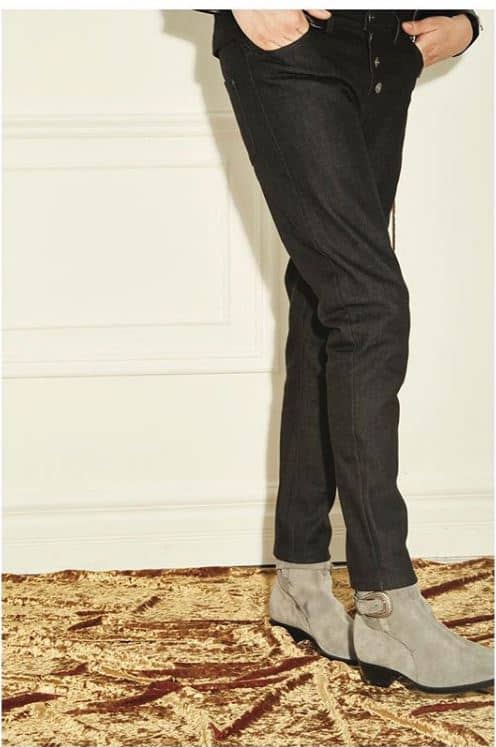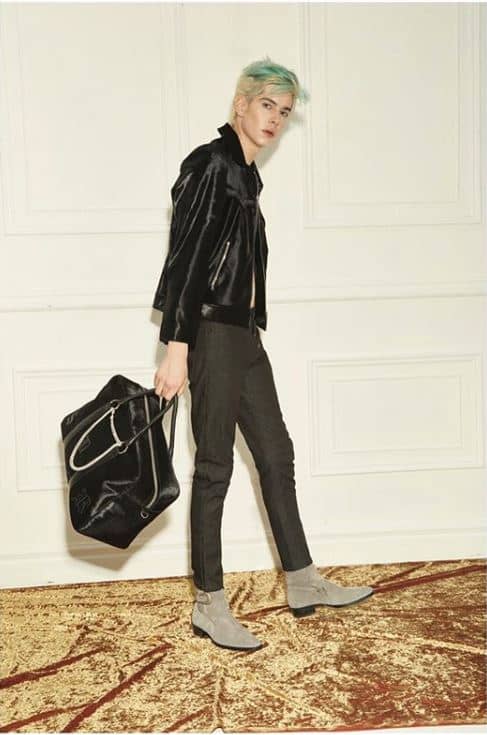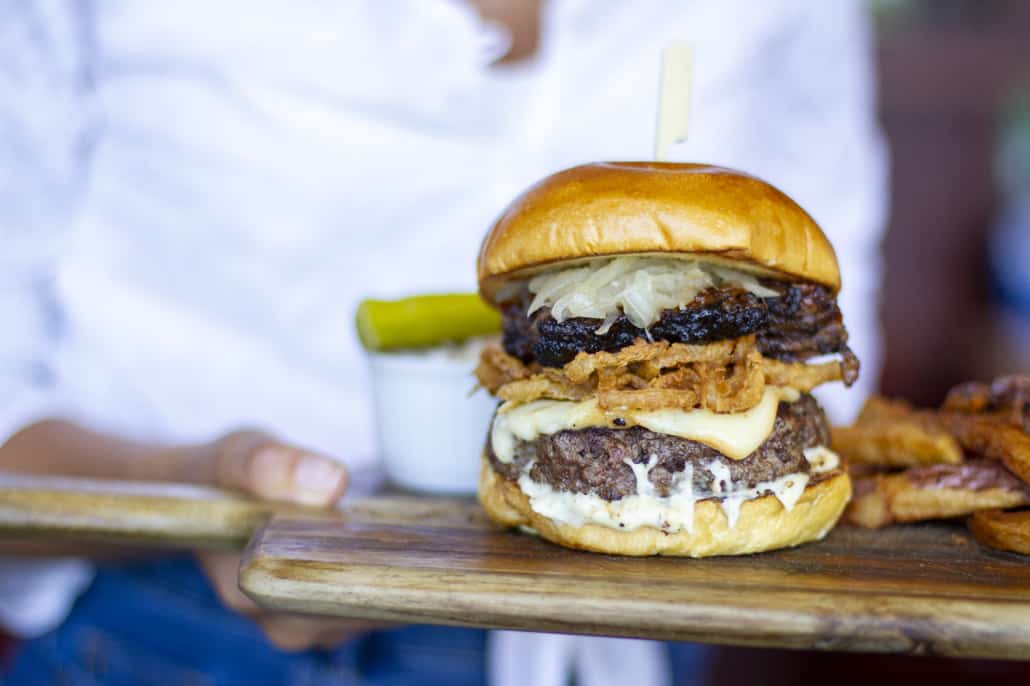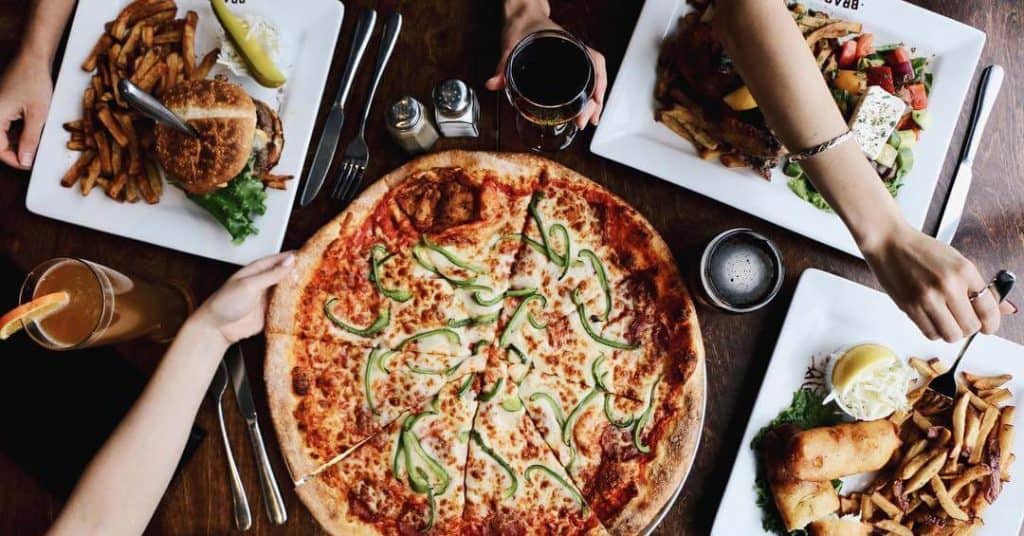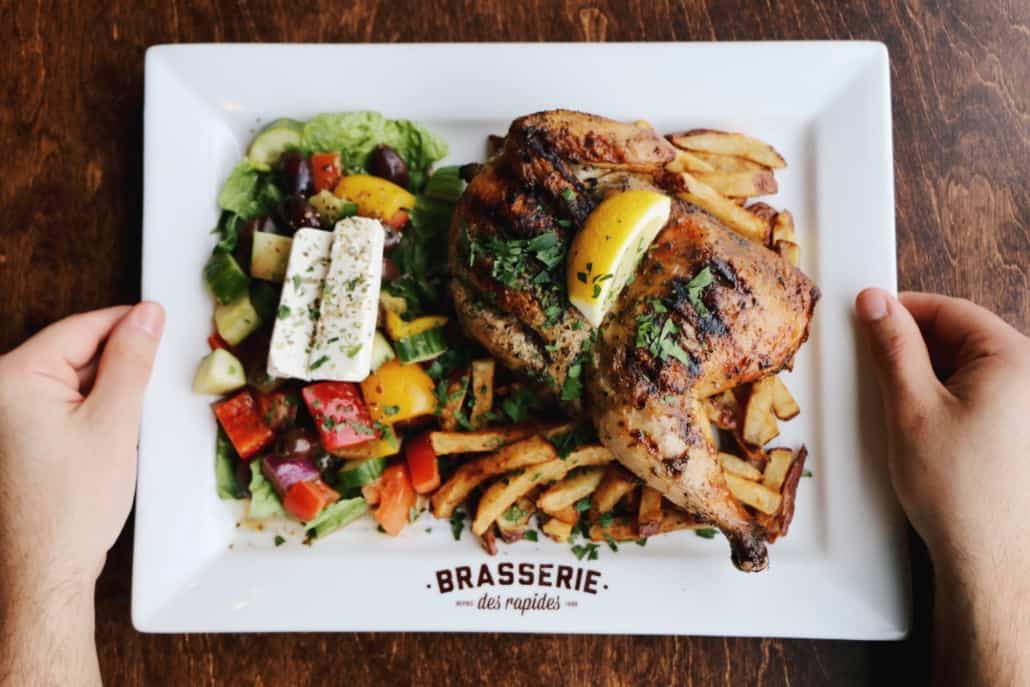With the gyms being closed, many of us have found ourselves in a situation where we have to look for alternative ways to workout. Don’t get us wrong, running is a great exercise and workout but it’s not for everyone, and that’s okay! Whether you find it boring or you have leg or knee pains or are just looking for something different don’t worry we’ve got you covered. The article will also introduce ways in which you can maximize calories burnt while utilizing the exercises we provide. There are more options out there than you think that still abide by social distancing and quarantine rules. So let’s dive in and discover our top 5 exercises you can do that aren’t running!
Here are 5 exercises to do if you hate running:
-
Skipping
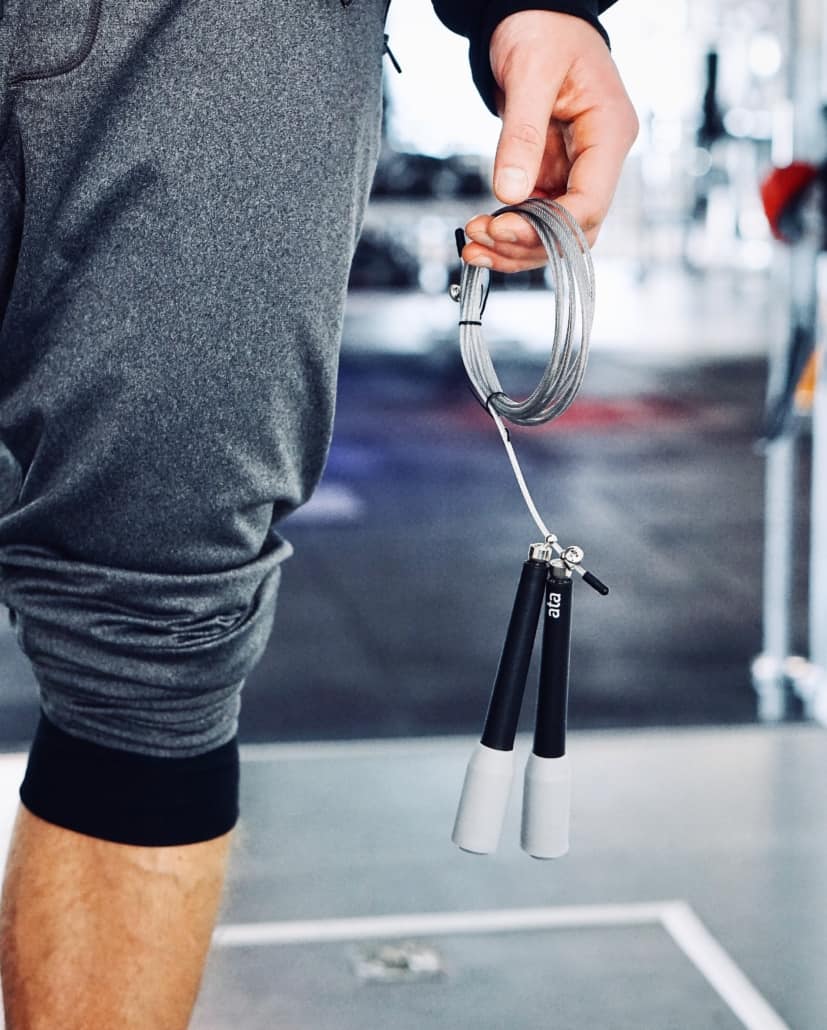
Photo by Charlotte Karlsen on Unsplash
When we think of skipping our minds wander to our adolescent days or if you’re me, to the Rocky movies, but skipping doesn’t have to be so leisurely or so intense for you to make a difference. Skipping is a great way to exercise especially if you have knee and leg issues because it actually has less of an impact on them than running does. Skipping is also a full-body workout and according to a study by Shape America “After six weeks of daily 10-minute jump-rope exercises, participants demonstrated the same levels of improvement to their cardiovascular health as individuals who jogged for 30 minutes a day.”
Skipping as you can see is also great for someone with not a lot of time on their hands and they can still make a bigger caloric impact than running can. Skipping really goes well if you look for a circuit or HIIT (high-intensity interval training) workout that can really push you to the next level in a short amount of time. So what are you waiting for, get out there!
If you don’t have one, find one here! : https://amzn.to/2zPM72T
Source:https://shapeamerica.tandfonline.com/doi/abs/10.1080/10671188.1968.10618043
Okay, hear me out, while we know you can’t really play frisbee by yourself unless you are freakishly fast if you’re at home with someone it’s a really fun exercise you can do together that can easily burn calories. While frisbee requires a little bit of running shorter distances, it is still less impactful on your joints than running on concrete for example. It also isn’t the first thing people think about while burning calories but trust us, there’s a lot more going on under the hood. What I especially love about it is the fact that you can run short sprints back and forth almost like suicides that really get the heart rate up. Mix this with some jumping catches and you’ve got yourself a tiresome workout that will shred those calories in no time. What I like to do especially is to tell my partner to throw it away from me so It forces me to be quick on my feet and run for it and keep the heart rate up.
If you don’t have one, find one here!: https://amzn.to/2Tehif9
-
Orange Theory at home Youtube Videos
For those of you who don’t know what Orange Theory is,
“Orangetheory is a science-backed, technology-tracked, coach-inspired group workout designed to produce results from the inside out. The hardest part of our workouts is showing up – we make it simple for you to push yourself, be your personal best and give you more. MORE results. MORE confidence. MORE Life. More than a gym. Because you shouldn’t live to exercise. You should exercise to live.”
They currently have gyms in Montreal and surrounding areas but obviously they are closed for the time being. If its something you always wanted to check out or are new to it, they have started to put out free at-home classes on youtube that require little to no equipment for all of them. They are a good comparison to what you can get with the real gyms but these classes still provide great HIIT workouts that can be very challenging and you will definitely get your sweat on.
Find the channel here: https://www.youtube.com/user/Otheoryfitness
Source: https://www.orangetheoryfitness.com/
This one is for all of you really looking to push yourselves to the limit. WOD or Workout of the Day is a term used in CrossFit and if you find that intimidating, you should because this really isn’t easy. However challenging it may be, the results you will get by doing these is hardd to argue with. They usually consist of full-body workouts so be prepared! They are an excellent and effective way to burn off calories and make you stronger at the same time.
As the name suggests, there are different workouts per day and also include male and female weight suggestions. While some of the workouts do need some sort of equipment you can look through to find some that have exercises with the equipment you already have. If you find them too difficult simply reduce the rep range to something that is doable but still challenging for you. Overall WOD’s can be an exceptional alternative to running but be prepared for a hell of a challenge.
Find the WOD’s at https://www.crossfit.com/
Hiking or trail running can be a great alternative to running on concrete. Yes, trail running does include running but it is generally a little slower paced because you have to watch your footing and you are also running on the ground as opposed to concrete which helps reduce joint pains. While hiking, in general, is an incredible leg focused exercise, it really excels over running because of the constant shift of elevation and traversing through difficult terrain can really put in work for your lower body. A hike is taxing on the body and what’s great about it is that you can get some great scenic views and a sort of freedom of exploration if you will whenever you go on a hike.

Photo by Boxed Water Is Better on Unsplash
All you need to get started is a great pair of hiking shoes and you’re good to go!
Find some amazing shoes here
Women: https://montrealtips.com/2020/05/16/best-hiking-shoes-for-women-in-canada-2020/
Men:https://montrealtips.com/2020/05/11/best-hiking-shoes-for-men-2020/
So there you have it, our 5 alternatives to just running! Remember, while all of these great exercises will help you burn calories and help you get into better shape, nothing beats out a good diet and healthy life choices. I tend to believe that to lose weight and make a difference in your body training and workouts only count for about 20% of the overall effort and the other 80% is about having a good diet to supplement those hard-earned workouts.



